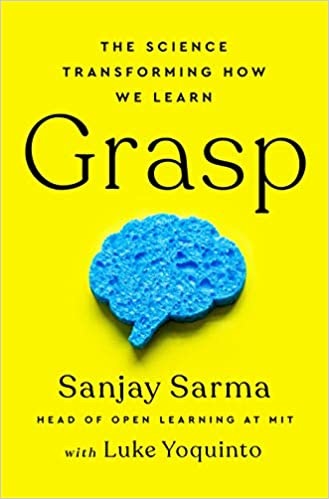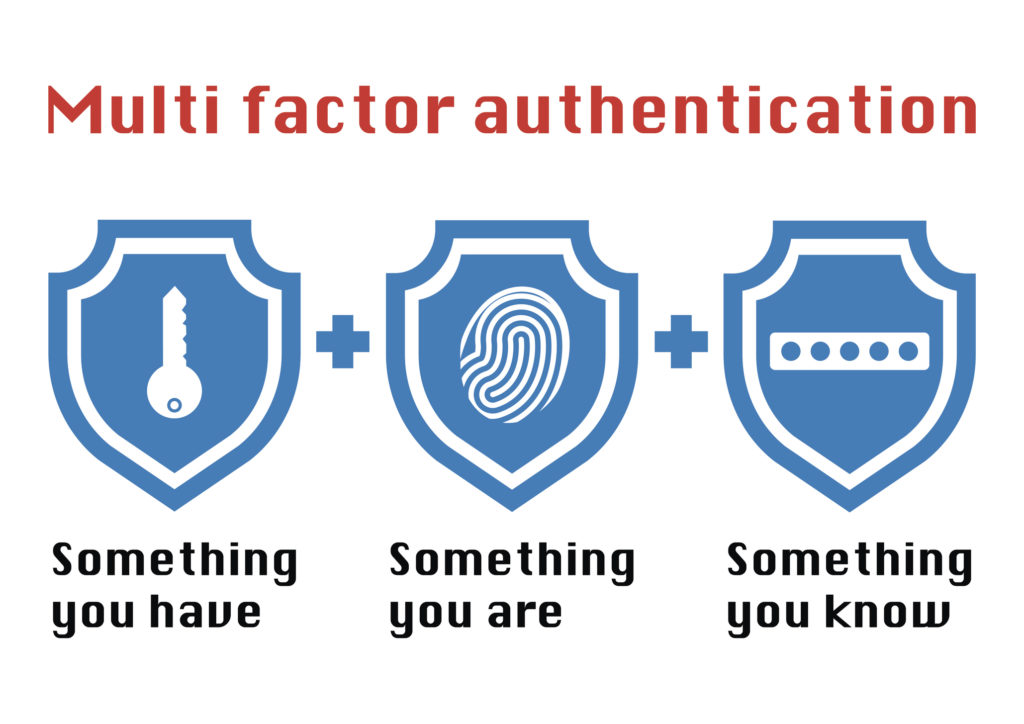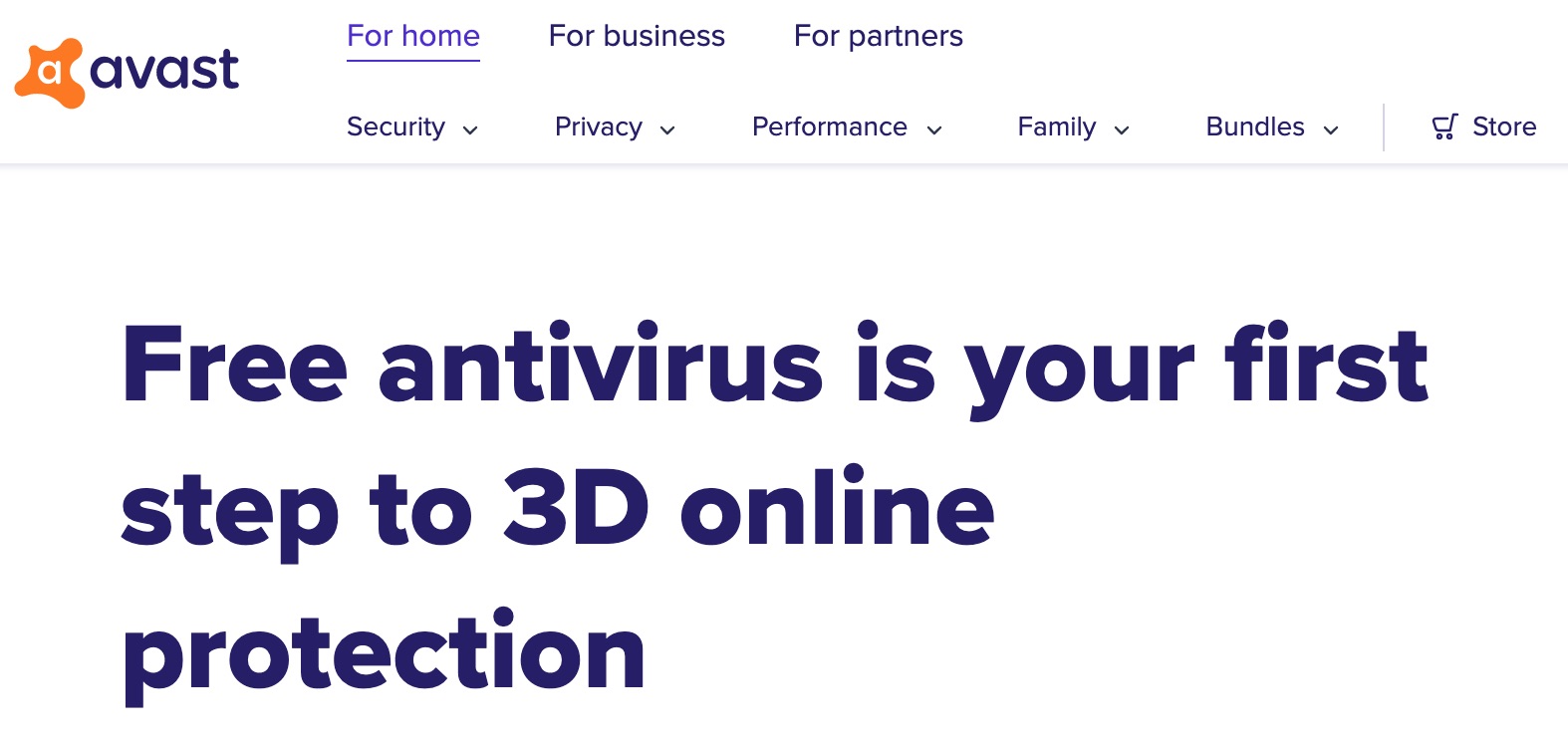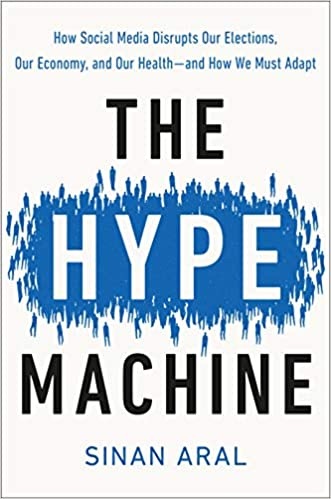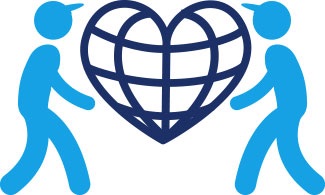
Six Creative Homeschool Lessons For Your Pre-Teen by Craig Middleton may even work for your teenagers. Keeping kids engaged and ready to learn at home can be a challenge. You’ll need to make sure that you keep your child’s attention by mixing it up and involving some creative lessons. Here are six lessons to try in your homeschool curriculum to keep your kids excited while they learn.
1. Build A Solar Oven
- Learning about energy and about how the sun can power things like solar panels gives your child an inside look at renewable energy sources. You can make a solar oven easily out of a leftover pizza box and a few other supplies you probably have on hand. While you’re building you can discuss with your children why certain materials are used. You’ll use some aluminum foil to reflect the sun’s rays toward the inside of your oven and how black construction paper on the bottom can hold in heat to begin warming your food. After your project is completed, you can use it to make a fun afternoon snack like s’mores.
2. Design A Building
- If you want to teach a little bit about construction and engineering, have your kids design their own buildings. There are a variety of ways to do this sort of project. You could build with blocks or Legos, draw out a design, or even utilize a design program on your computer. Or you can make a day of it by combining all these elements from design to construction. Your student will learn about the process of design as well as about problem-solving while they try to bring their design to life.
3. Invent A Game
- Get those creative juices flowing by leading your kids in inventing their own game. If you want to keep it quick and simple, help them come up with a new card game with their own rules. If you want to get fancier, take an old board game you don’t use anymore and completely reinvent it. Your students can cover the existing board with construction paper to design the playing board. Use some cardstock to create cards with instructions. Find some fun knick-knacks around the house to use as playing pieces.
4. Do Some Time-Lapse Photography
- Time-lapse photography projects can be simple and short, or you can make it into an entire unit. Using an old webcam you can set up what you want to record and set the camera to take photos at pre-determined intervals. You could do something short-term such as recording leaves blowing on the trees in your yard for a few hours or longer-term like recording a daily photo of a plant sprouting. Once you have your photos you can help your kids put them together into a time-lapse video. This may even spark other photography-related projects like animation or a scrapbook.
5. Go On A Field Trip
- A field trip is a great way to sneak in a lot of learning while you’re having fun. Research some possible locations in your area and reach out to them to see if they offer any special informational tours you can sign up for. If you don’t have time for an extended outing, you can make even a trip to the grocery store into a lesson. Teach your kids about math, budgeting, nutrition, and meal-planning while you shop for what you need.
6. Bake A Cake
- Baking can teach your kids about math, measuring and chemical reactions while also teaching them valuable life skills. They’ll learn about following directions in a recipe to get the desired outcome. Once their sweet treat is baked and cooled they can get creative decorating it. Then at the end of the lesson, they can enjoy the fruits of their hard work by taste-testing their cake. Getting your kids active and involved is simple if you get a little innovative. Letting them get involved and engage in these hands-on projects will not only let them learn but also keep them entertained.
Craig Middleton
- Craig is a New York City-based retired business consultant, who is an expert in education and cultural trends. He has a Masters of Business Administration and a Masters in Education from St. Johns and loves sharing his knowledge on the side through his writing. If you have any questions or comments you can direct them to Craig at craigmiddleton18@gmail.com.






